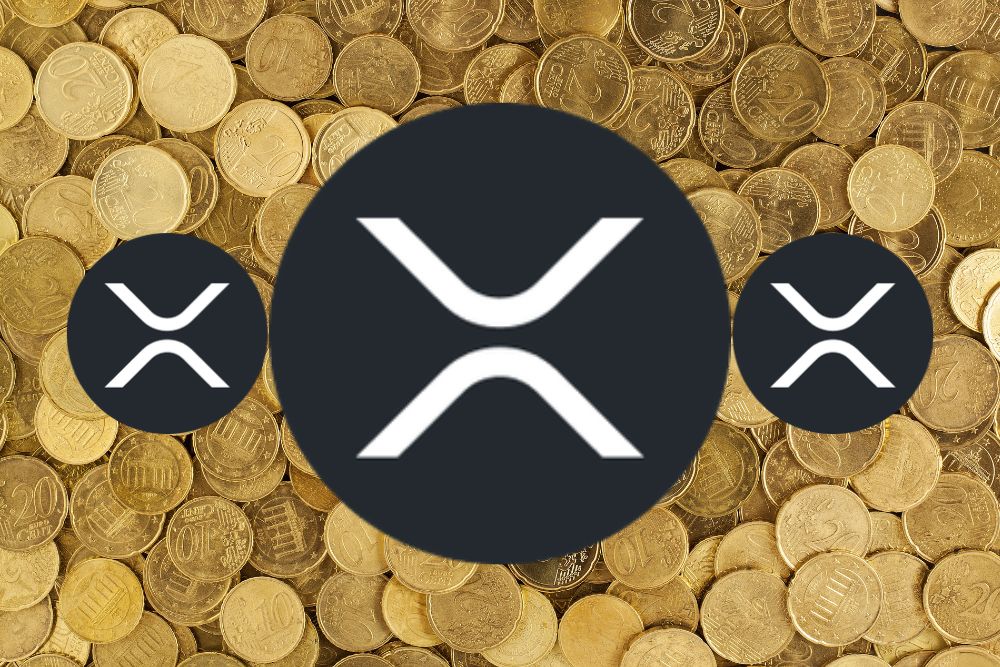

A recent analysis by Dr. Artur Kirjakulov has unveiled a startling concentration of XRP transactions within a few wallets. His findings, shared by Scam Detective on X, have sent ripples through the XRP community, raising significant concerns about the network’s transaction distribution.
According to Dr. Kirjakulov’s data, an alarming 58% of all XRP transactions are controlled by just 10 wallets. Even more concerning is that a single wallet alone accounts for 15% of all transactions on the XRP Ledger (XRPL). The distribution is further broken down as follows: two wallets handle 29%, three wallets cover 37%, and five wallets are responsible for 45% of all transactions.
This revelation has profound implications for the broader XRP ecosystem. The high concentration of transaction activity in a small number of wallets suggests a centralization risk. Centralization in blockchain networks can undermine the very principles of decentralization that these technologies are built upon.
Ripple’s Chief Technology Officer (CTO) David Schwartz has dispelled centralization rumors multiple times, but those were about Ripple’s alleged control over XRP. If it becomes concentrated in the hands of a few whales, they can create the centralized ecosystem the community is worried about.
The concentration of transactions in a few wallets could also indicate a limited number of active participants driving the majority of network activity. This might reflect on the broader adoption and utilization of XRP, suggesting that despite its technological advancements, it may still be struggling to achieve a widespread, decentralized user base.
Jungle Inc., a prominent figure in the crypto space, shared the findings, emphasizing the significance of this development. In his post, he highlights the potential risks. From a security standpoint, the concentration of transactions could expose the network to targeted attacks.
If malicious actors were to compromise one or more of these key wallets, they could potentially disrupt a significant portion of the network’s activity, especially as one wallet controls 15% of XRP transactions.
Jungle Inc. also revealed that these active wallets are mainly arbitrage bots and trustline spam accounts. Arbitrage bots exploit price differences across exchanges, while trustline spam creates connections to earn fees or manipulate metrics.
This suggests many transactions are automated, not genuine user interactions. While this may reduce user centralization concerns, it challenges network integrity and performance.
Although whale movements often benefit the community, this goes beyond regular whale activity. In a truly decentralized system, power and control are distributed among many participants. This concentration raises concerns about the influence and control exerted by a few entities over the network, and the potential adoption of XRP if most transactions aren’t from human interaction.
Disclaimer: This content is meant to inform and should not be considered financial advice. The views expressed in this article may include the author’s personal opinions and do not represent Times Tabloid’s opinion. Readers are urged to do in-depth research before making any investment decisions. Any action taken by the reader is strictly at their own risk. Times Tabloid is not responsible for any financial losses.
Follow us on Twitter, Facebook, Telegram, and Google News
Over the past 24 hours, XRP has experienced a 3.64% increase, rising from $2.32 to…
The U.S. Securities and Exchange Commission (SEC) has postponed decisions on several spot altcoin exchange-traded…
With Phase 3 of its presale rapidly filling, Mutuum Finance (MUTM) has already secured $3.3…
Ripple (XRP) has started making headlines again as rumors of a potential exchange-traded fund (ETF)…
Crypto researcher SMQKE (@SMQKEDQG) recently drew attention to BlackRock’s acknowledgment of the ongoing legal battle…
The long-running legal battle between Ripple Labs and the U.S. Securities and Exchange Commission (SEC)…